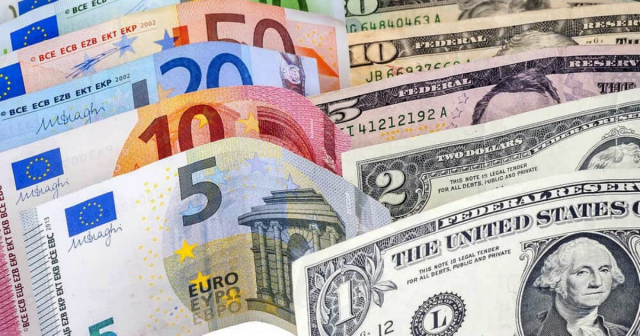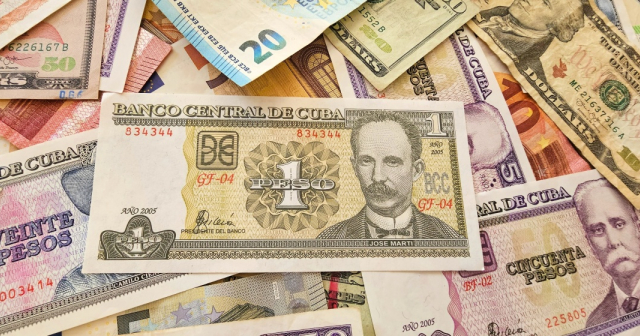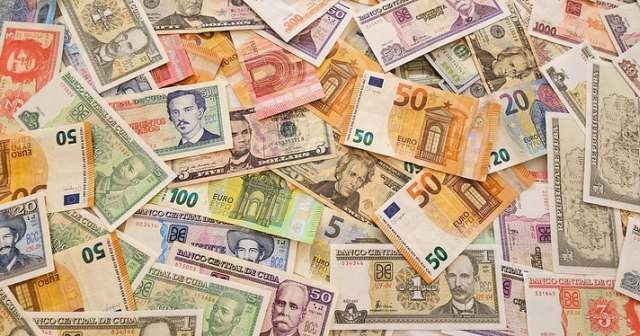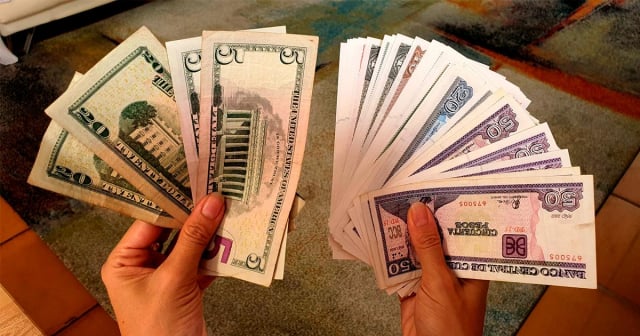The euro continues to maintain its leading position in the Cuban informal market, recently climbing to an exorbitant rate of 365 CUP per euro in the average informal sale, according to the daily rate from elToque that documents the fluctuations of foreign currencies in Cuba.
The European currency rose three pesos in the last 24 hours, now showing a new gap of 10 units with the dollar, which remains valued at 355 CUP this Thursday.
The Freely Convertible Currency (MLC) has remained unchanged for a week, valued at 285 CUP.
Exchange rate today, 04/18/2024 - 9:13 AM in Cuba:
Exchange rate of the USD to CUP according to elTOQUE: 355 CUP. Exchange rate of the EUR to CUP according to elTOQUE: 365 CUP. Exchange rate of the MLC to CUP according to elTOQUE: 285 CUP.
Since April 11, the virtual currency managed by the Cuban government has remained at the same price: 70 pesos below the dollar and 80 pesos below the euro, based on the current exchange rates for euros and dollars.
Whether the exchange rate fluctuates by a peso at a time or experiences sudden increases of three units in a single day—as was the case with the dollar yesterday and the euro today—the reality is that both the European and American currencies show no signs of stabilizing in their selling prices on the informal market, which further complicates the economic situation in Cuba.
After a sustained increase over several weeks, on Saturday, April 13, the three reference currencies recorded a 24-hour period of stability in their average selling price.
However, since the 14th, systematic price increases have resumed, worrying Cubans and putting the regime on edge. The government has acknowledged the problem but continues to offer no solutions to the relentless devaluation of the national currency.
ElToque reiterated on Tuesday in an article posted on its website that the increase in the value of reference currencies in the informal market is simply the result of the balance between supply and demand.
He also pointed out that the devaluation of the Cuban peso is partly due to the fact that Cuban pesos are not needed for certain everyday transactions, such as purchasing gasoline or products in stores that operate with freely convertible currency (MLC).
According to the insights of several economists, "the only viable alternative is for the Cuban peso to be the sole currency used in domestic transactions and for there to be a transparent legal market," warns the aforementioned analysis.
"The exchange rate is a reflection of the uncertainty that the island is experiencing," concluded economist Pavel Vidal in one of the many debates on the topic held among economists based outside the island.
Although the Cuban government is aware of the significant problem it faces with the informal currency market, it continues to offer no concrete solutions or proposals to establish an exchange rate and implement measures to revitalize the economy.
What do you think?
SEE COMMENTS (3)Filed under:






